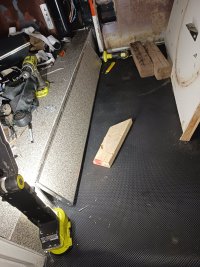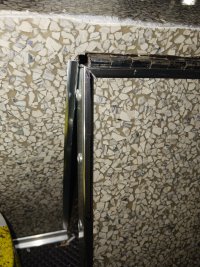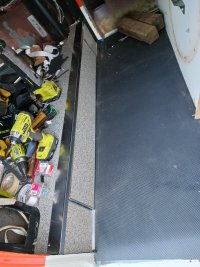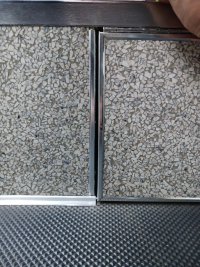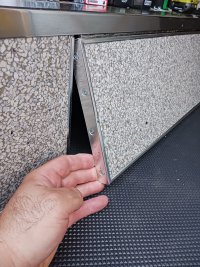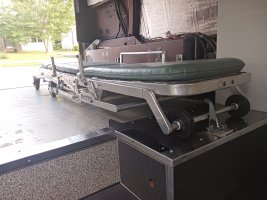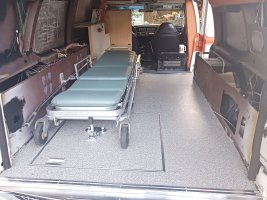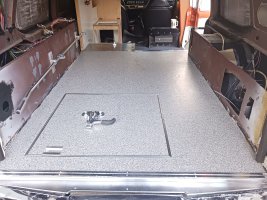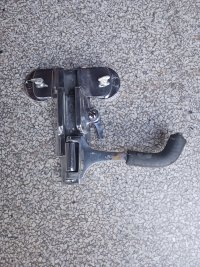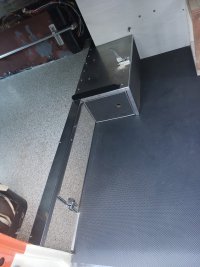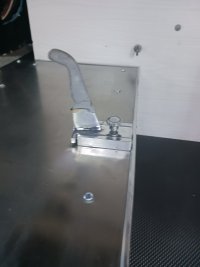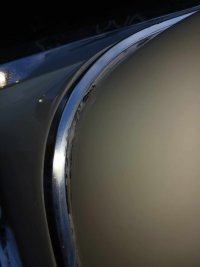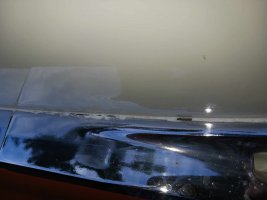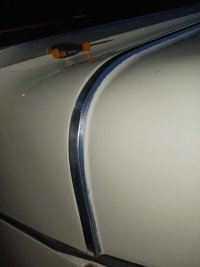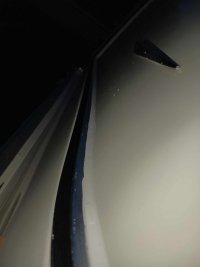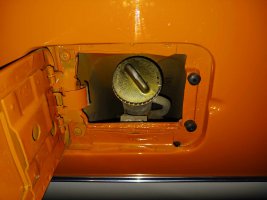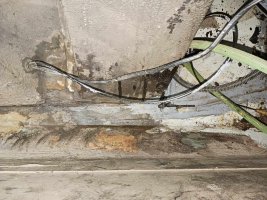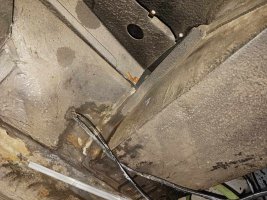Progress on the car has slowed down a little as I am working on addressing issues with water coming in from the seams where the fiberglass meets the metal or other fiberglass parts.
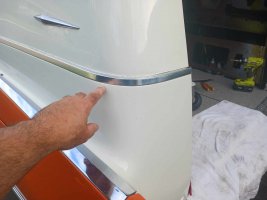
Taking a closer look from the inside, we can see daylight, so I removed this piece of trim and the same one on the other side.
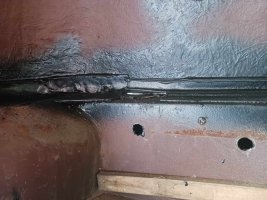
As you can see above, I also drilled holes in the rectangular channel to see if I water is coming in somewhere in there. I will have to resolve the issue above first and then assess that part after.
After removing the trim pieces it was easy to see that there were a number of places where water could come in. I removed all of the old sealant and replaced it with new sealant and reinstalled the trim.
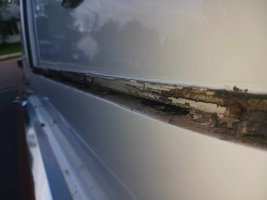
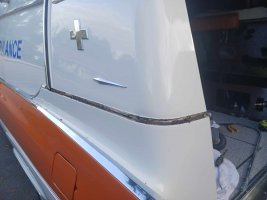
Sealant apply from the exterior wall seeping into the interior. Most of these gaps are now filled.
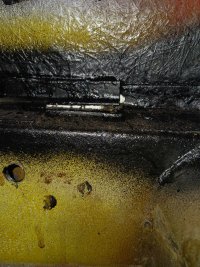
Once I reinstalled the trim, I applied a bead of sealant in the gap between the top of the trim and the car.
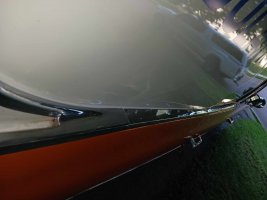
I tested it today and water is still coming in. I'd categorize it as seeping in vs dripping in as it did before. I realist that I will not be able to stop it 100%, but I want to mitigate it as much as I can. Once the squad bench and the cabinets are back in, these areas will be totally inaccessible.
The plan is now to use Flex Seal with a straw similar to the WD-40 straws to reach "behind" the panels and internals channels and hopefully parch where water is coming in.
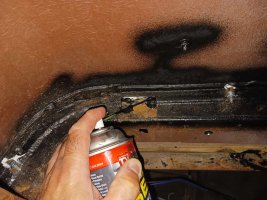
I will be coating the inside of the quarter panels with copious amount of Rust Check and instruct the Rust Check folks to spray inside there when I get the car undercoated. I may also drill a couple of holes on the inside of each quarter panel assemblies to allow for water to drain out.


